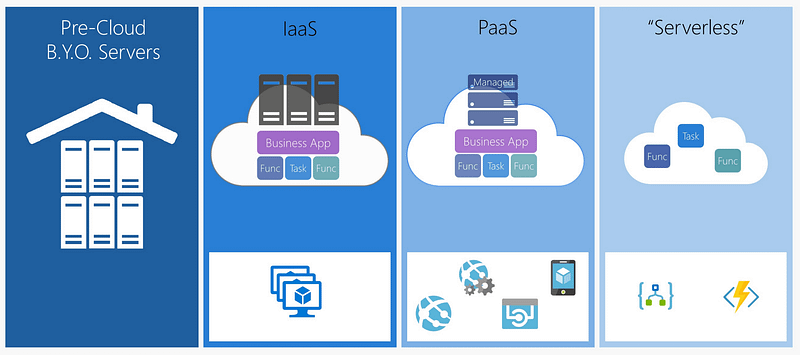1. What is this “FaaS”?
This tutorial uses [Minikube](https://github.com/kubernetes/minikube) to createa local kubernetes cluster. This tutorial uses [Docker for Mac](https://docs.docker.com/engine/installation/mac/) as the host of Minikube.
Blogposts, Tutorials, Code Samples & Videos. All you need to get started.
FaaS is the concept of serverless computing with serverless architectures. Software developers can use this to deploy an individual function (Piece of code), that performs an action, or piece of business logic, without worrying about where they are running it (eg. serverless). They are expected to start within milliseconds and process individual requests and then the process ends. Sounds simple right?
Principles of FaaS:

At the basic level, you could describe them as a way to run some code when a “thing” happens. Shows how easy it is to process an HTTP request as a “Function”.
Like most things, FaaS is not going to be perfect for every app.
In general, we see companies and developers using them mostly for our very high volume transactions so that they can scale when needed and don’t have to have redundant servers the rest of the time.
There are a lot of potential uses for functions. Below is a simple list of some common scenarios. Support and implementation for them vary by the provider or service your using.
Developers hate servers and server management. The idea of serverless architectures is a dream came true for most developers. That said, I can’t see FaaS as being a complete replacement for normal application architectures. For example a basic web application, it would take a lot of functions.
In my humble opinion, function-based apps are a perfect fit for replacing microservice style architectures and smaller high volume back-end services.
Brian Mathews @DevOps4Days